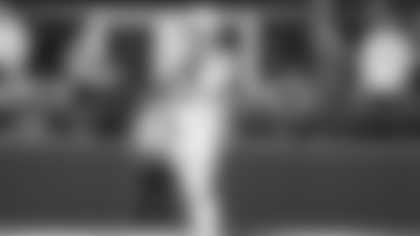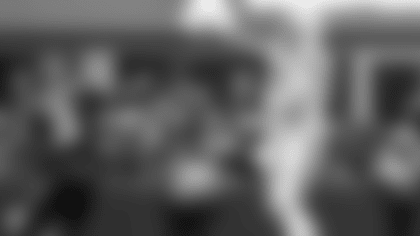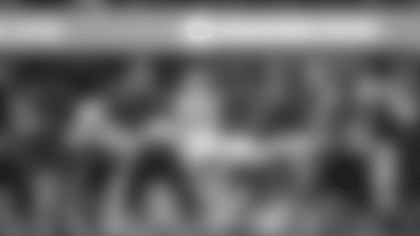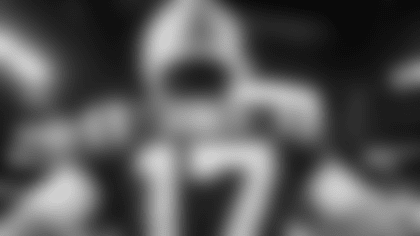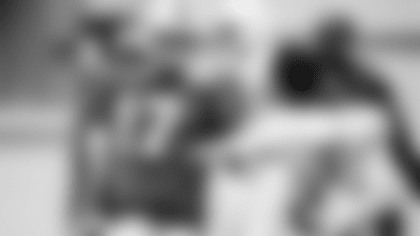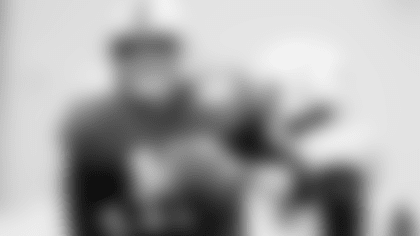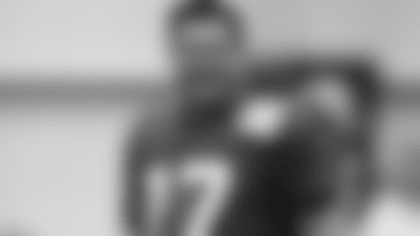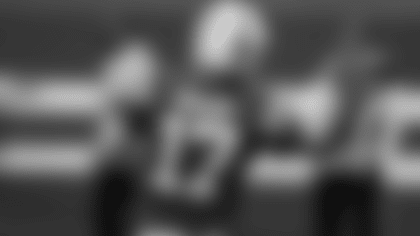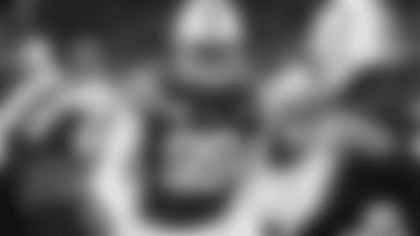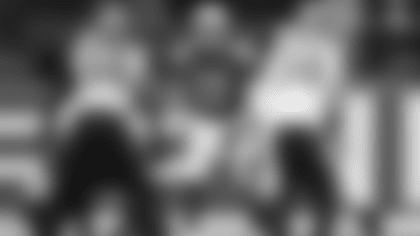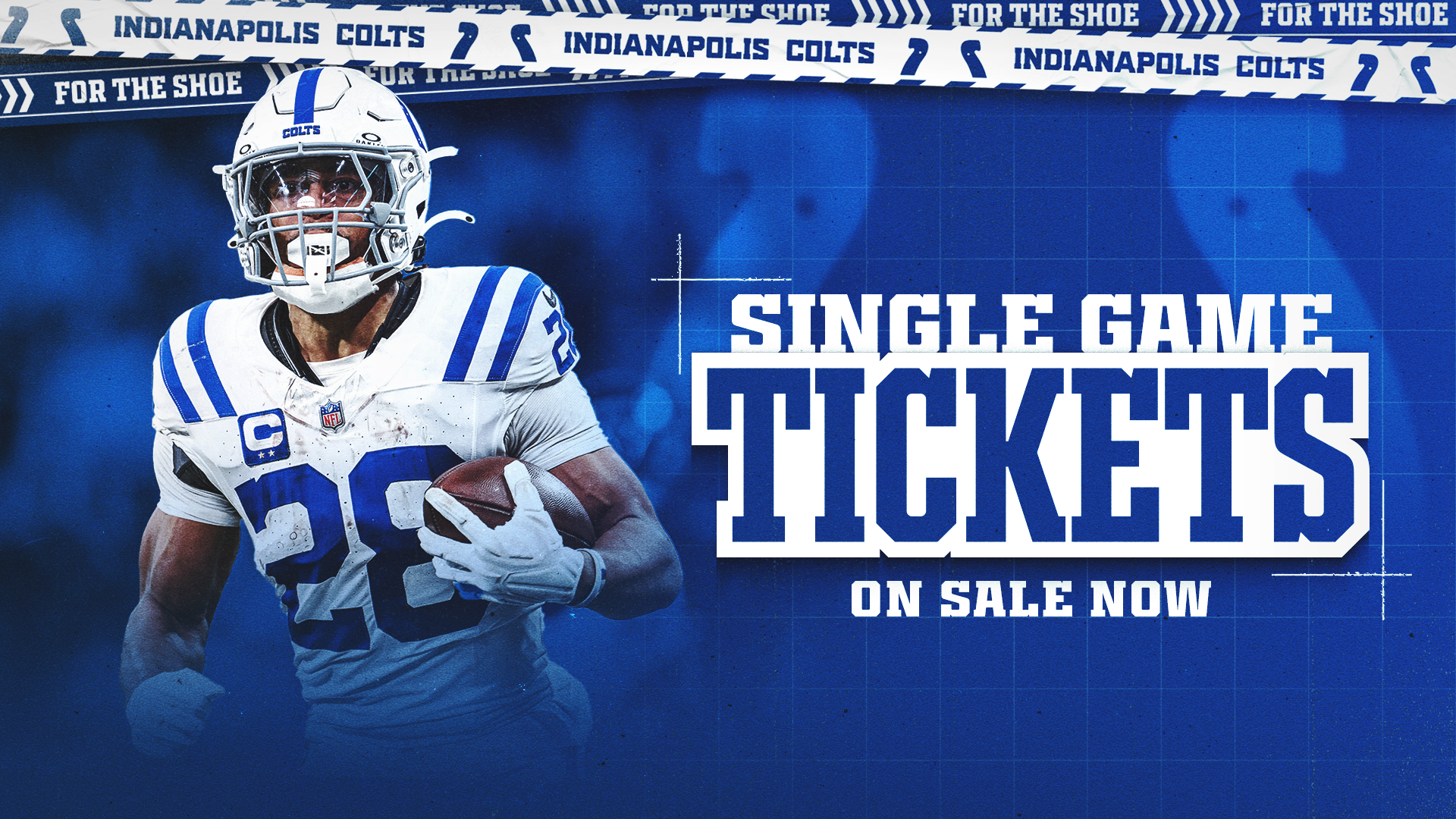INDIANAPOLIS — The Indianapolis Colts had invaluable work the past nine weeks as they made their way through the league's offseason workout program.
From conditioning, to individual fundamentals and positional drills, all the way to actual practices and simulating game scenarios— not to mention all the work done in the classroom learning the team's new playbooks and schemes on both sides of the ball — the 90 players on the Colts' offseason roster now are well-aware of what will be expected of them moving forward.
But when the team reports for training camp July 25 at Grand Park Sports Campus in Westfield, Ind., it will eventually add one more layer to the preparation process — one that the general manager, head coach and offensive and defensive coordinators feel will start to create some separation: padded, physical practices.
Head coach Frank Reich told reporters on Thursday, after the Colts officially wrapped up their offseason workout program with their third and final mandatory minicamp practice, that the team is planning some training camp practice sessions where live tackling will be on full display.
"There will be a couple days where we'll have some live periods," Reich said. "The whole practice won't be live, but we'll have two, possibly three days where we have a few live periods in practice."
The Colts will need to wait a few days after reporting to camp before they can put the pads on, however.
The team is scheduled to report to training camp on July 25, and, per the league's collective bargaining agreement, players can only take part in physicals and classroom and conditioning work on that day.
When practices actually begin on July 26, the team must have two days on the field without pads or contact, much like the Phase 3 rules of the offseason workout program.
So that means Saturday, July 28, will be the first day the players can put the pads on. The team can then mostly hold padded practices at its discretion the rest of camp, just as long as those practices do not exceed three hours a day of on-field activities.
If the Colts begin a padded practice that is canceled within one hour of its start for "reasons beyond the team's control," such as inclement weather, then they can conduct another padded practice in its place.
The advantage of padded practices seems obvious — "You've gotta be physical, you've gotta get yourself ready for the season," Colts general manager Chris Ballard said earlier this week.
But because the team has put extra emphasis up front this offseason — making lots of moves along the offensive and defensive lines — that need for physicality is even greater.
"You've gotta get yourself ready to play football, and you do that with the pads on and by being physical," Ballard told Colts.com’s Bob Lamey. "And, look: we're building this thing up front, and we expect our O-line and D-line to be good for us — they have to be good for us to win. And to have any kind of success late into December, January, you've gotta be good up front. So we will have some spirited practices. It'll be good for our fans to watch."
And while Reich said there could be periods where actual tackling occurs, the team will also emphasize taking care of each other during those sessions so that they can save the hard hitting for actual games.
"Once we get the pads on we elevate that to a thud period," Colts defensive coordinator Matt Eberflus said this week, comparing minicamp practices to what the team wants to do during training camp. "So thud means that I am going to put my body and my pads on the guy and still punch, hammer and rake the ball but now I am in a hitting position. I do thud him, but then I let him go. There is no wrap. There is no run. There is no pull in tackle. So you are able to get your body on him, work your angles, work your leverage points and then at that point work your hitting too in a safe way."




